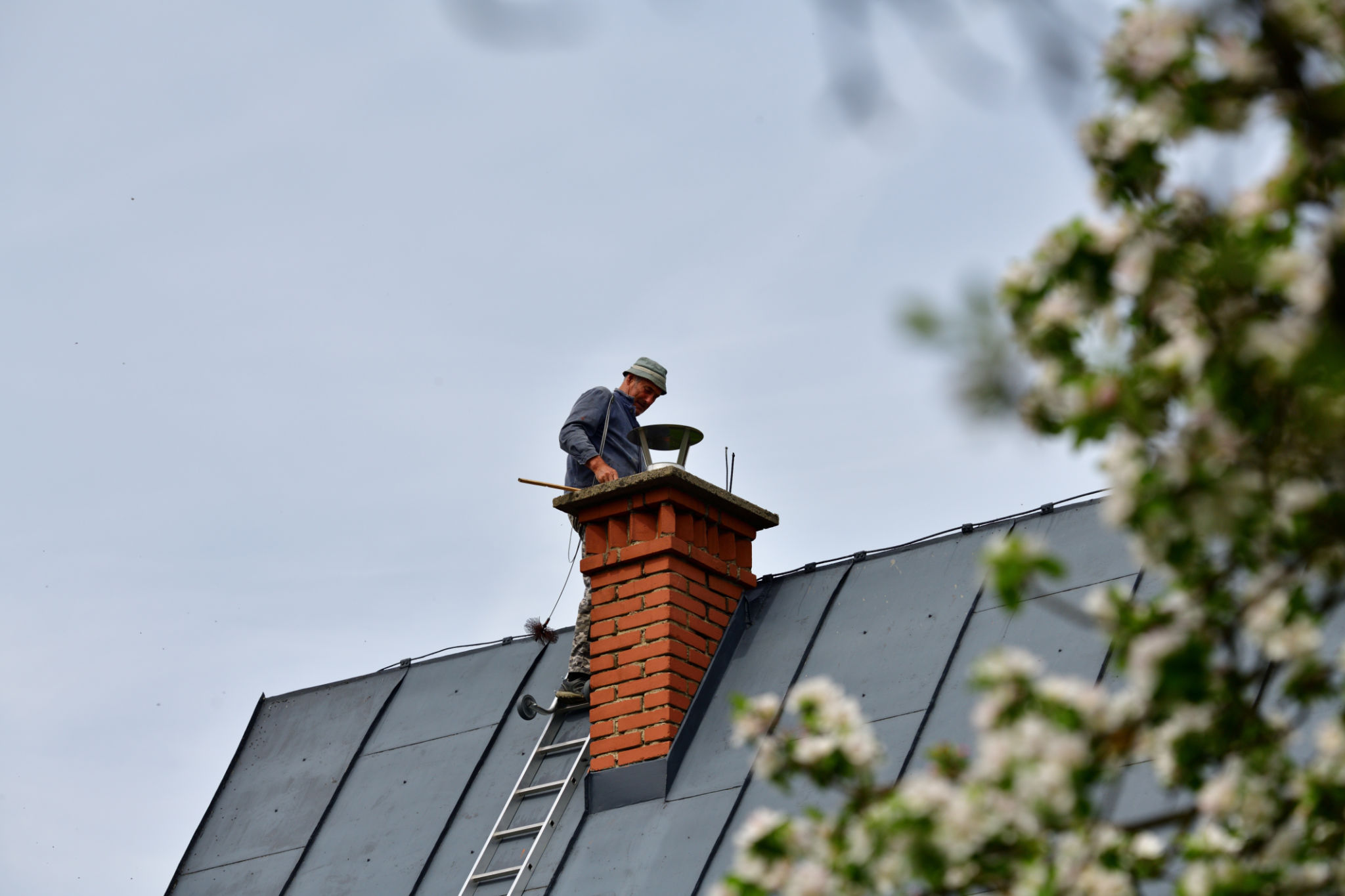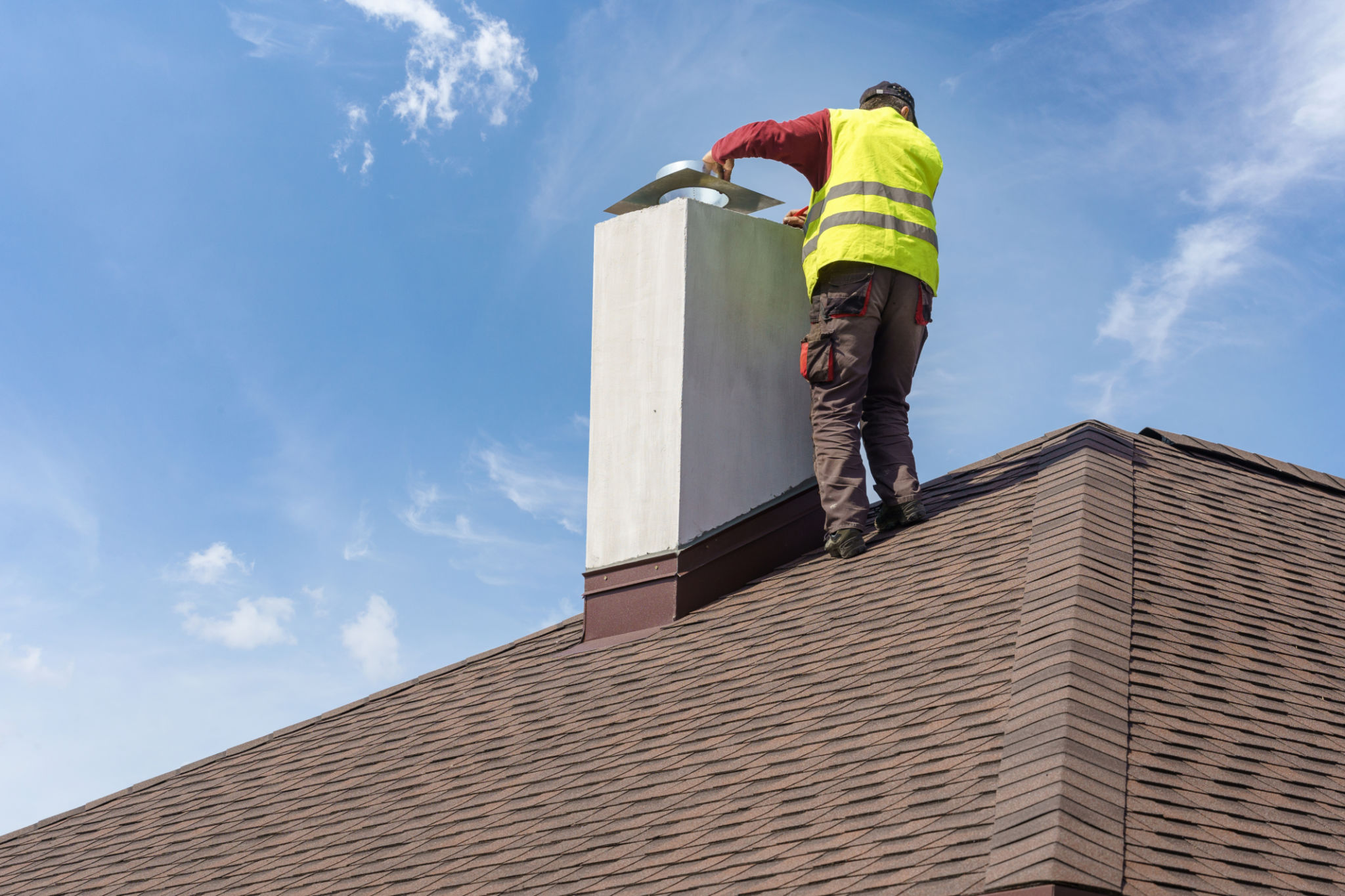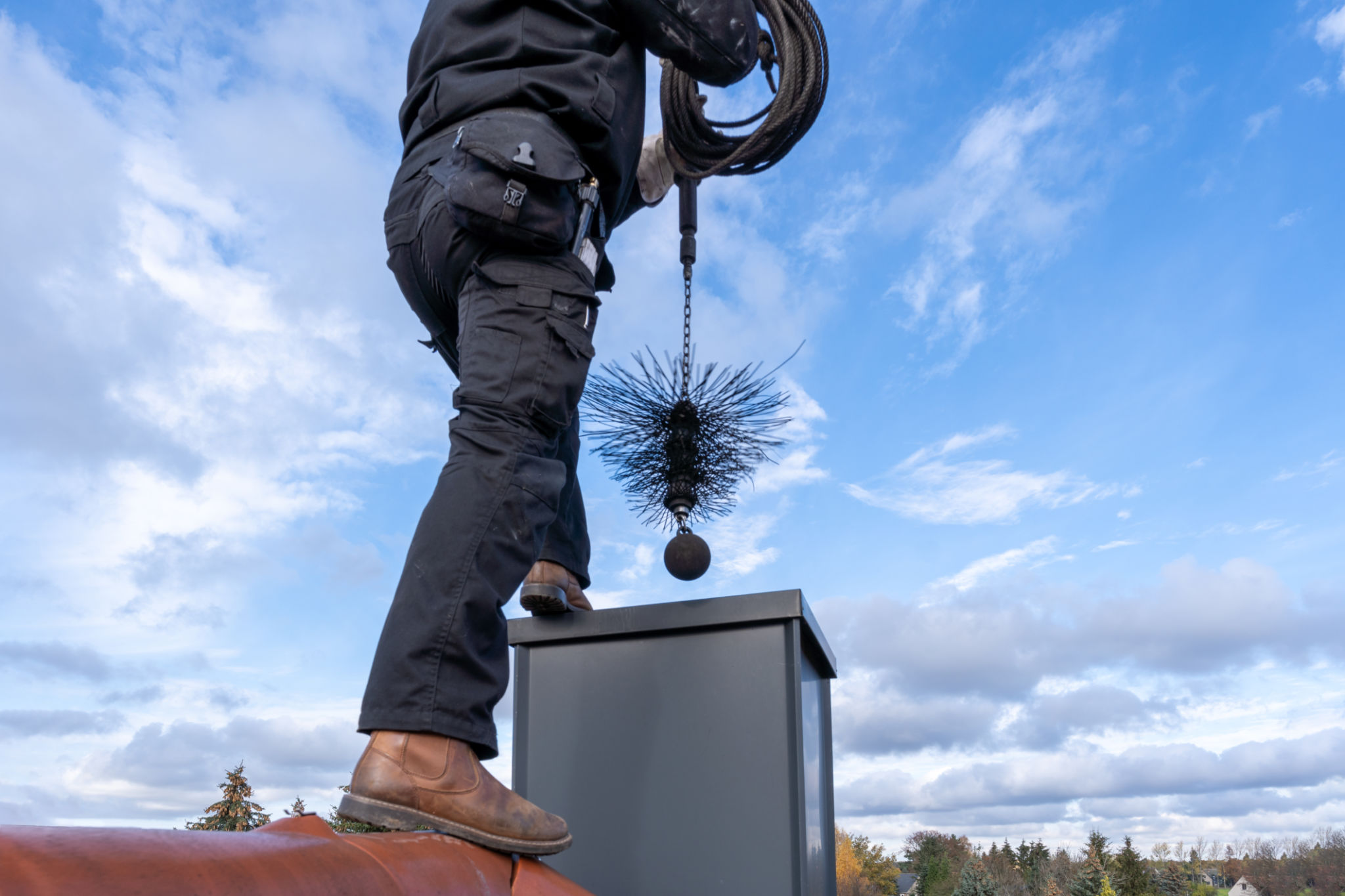How to Prepare Your Chimney for Winter: A Step-by-Step Guide
Understanding the Importance of Chimney Maintenance
As winter approaches, ensuring that your chimney is in top condition becomes crucial. A well-maintained chimney not only enhances safety but also improves heating efficiency. Regular maintenance can prevent hazards such as chimney fires and carbon monoxide buildup. Before the cold sets in, it's essential to prepare your chimney for the upcoming season.
Many homeowners overlook chimney maintenance, but understanding its importance can save you from costly repairs and potential dangers. A proactive approach can ensure that your home remains warm and secure throughout the winter months.

Inspect Your Chimney
The first step in preparing your chimney for winter is conducting a thorough inspection. This process involves checking for any cracks, blockages, or signs of wear and tear. A professional inspection is recommended, as it can identify issues that may not be visible to the untrained eye.
During the inspection, focus on the chimney cap and crown, as these are critical areas that protect against moisture and debris. Ensure that there are no missing bricks or mortar, as these can lead to structural damage if not addressed promptly.

Clean Your Chimney
Once the inspection is complete, the next step is cleaning the chimney. Cleaning helps remove soot and creosote buildup, which are common causes of chimney fires. It's advisable to hire a professional chimney sweep for this task, especially if your chimney has not been cleaned in a while.
If you decide to perform a basic cleaning yourself, make sure to use the right tools such as brushes and rods designed specifically for chimney cleaning. Always wear protective gear to prevent inhalation of soot and other particles.

Seal and Repair Any Damages
After cleaning, inspect the chimney for any damages that need repair. This includes sealing cracks in the flue lining or masonry joints. Using a high-temperature sealant can prevent further degradation caused by exposure to heat and moisture.
Repairing minor issues before they escalate can save you significant time and money. It also ensures that your chimney remains functional and safe throughout winter.
Check the Chimney Cap
The chimney cap plays a vital role in preventing rain, snow, and debris from entering your chimney. It also keeps animals out, which can cause blockages. Ensure that the cap is securely in place and free from any obstructions.
If your chimney cap is damaged or missing, replace it immediately to avoid potential issues during winter. Investing in a high-quality cap can provide long-term protection and peace of mind.

Ensure Proper Ventilation
Proper ventilation is essential for an efficient chimney system. Check that all vents are clear and functioning correctly. Blocked vents can lead to smoke backdrafts and increased carbon monoxide levels indoors.
If you notice any ventilation issues, consult a professional to assess and rectify the problem. Safe ventilation ensures that your fireplace operates efficiently and safely during the colder months.
Test Your Smoke and Carbon Monoxide Detectors
Finally, before lighting your first fire of the season, test all smoke and carbon monoxide detectors in your home. These devices are crucial for early detection of potential hazards associated with using your fireplace.
Replace batteries regularly and consider upgrading to newer models if necessary. Ensuring these detectors are functional offers an additional layer of safety for your household during winter.
